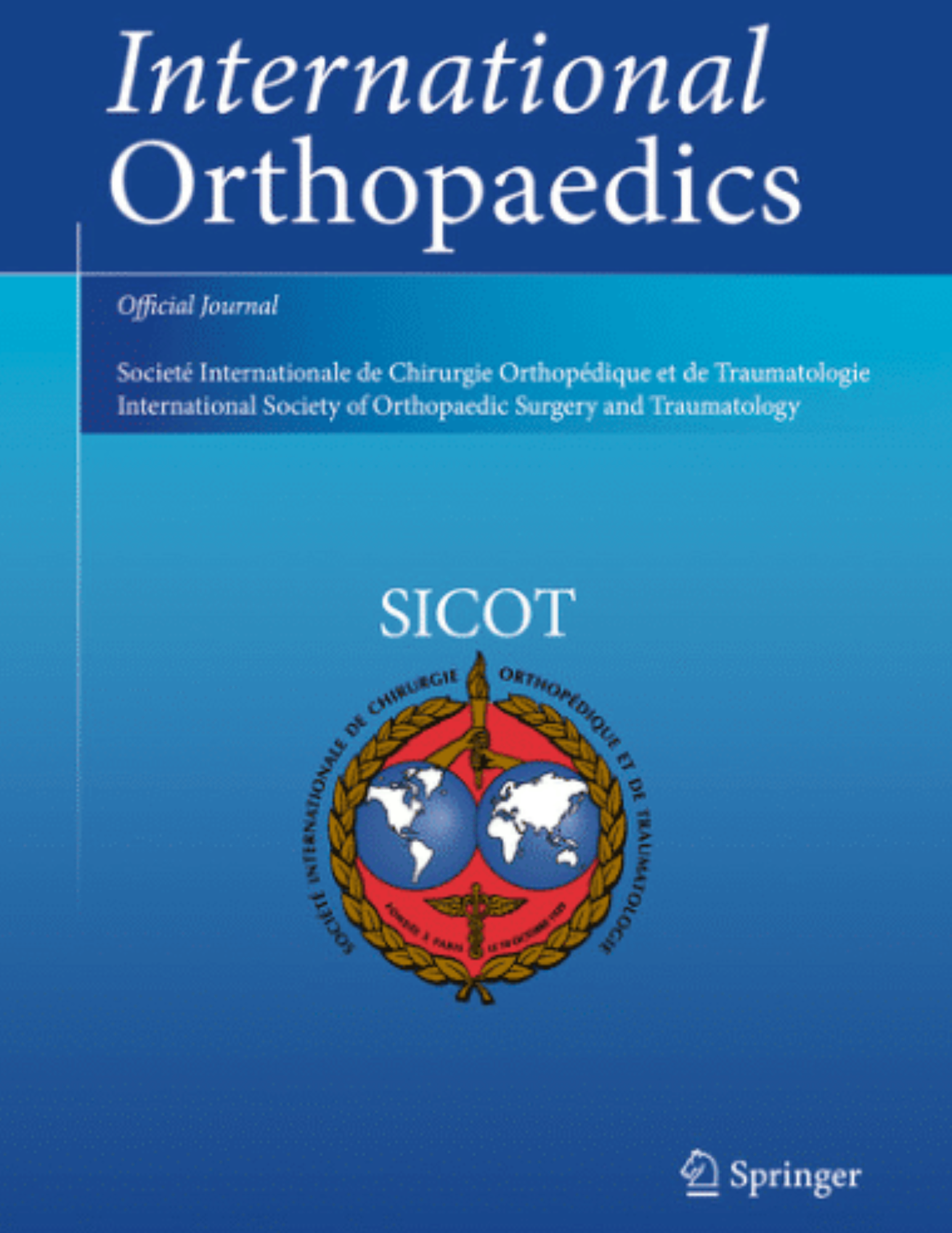
External Fixation Vs Intramedullary Nailing For Open Tibial Fractures: A Meta-Analysis

External Fixation Vs Intramedullary Nailing For Open Tibial Fractures: A Meta-Analysis
External fixation versus intramedullary nailing for the management of open tibial fracture: meta-analysis of randomized controlled trials.
Int Orthop . 2023 Dec;47(12):3077-3097.Synopsis
Six randomized controlled trials including 407 patients with open tibial fractures were included in this systematic review and meta-analysis comparing external fixation (EF) versus unreamed tibial intramedullary nailing (UTN). Pooled outcomes of interest included postoperative superficial and deep infections, malunion, delayed union, nonunion, and hardware failure. UTN significantly reduced the rates of superficial infection and malunion compared to EF, while both treatments showed similar effectiveness for deep infections, delayed union, and nonunion. EF, however, resulted in fewer hardware failures. This analysis suggests that UTN might be preferred for managing open tibial fractures, with careful monitoring of postoperative weight-bearing to prevent hardware failure.
Publication Funding Details
Why was this study needed now?
Open tibial fractures are common and complex injuries often resulting from high-energy trauma, posing significant challenges in management due to poor soft tissue coverage and blood supply issues leading to complications such as infection and poor bone healing. Both EF and UTN are widely used, but debate continues over the optimal treatment approach. This study is essential now to address gaps in the existing literature by rigorously comparing EF and UTN through a meta-analysis of high-quality randomized controlled trials, aiming to refine treatment recommendations based on up-to-date evidence.
What was the principal research question?
In patients with open tibial fractures, is unreamed tibial intramedullary nailing compared to external fixation more effective in reducing the incidence of complications?
What were the important study characteristics?
407
Total Sample Size
188
External Fixation
219
Unreamed Intramedullary Nail
Adverse events
Adverse events
Adverse events
Adverse events
Adverse events
Adverse events
Outcomes: Adverse events
 Confidence in the results: Critically Low
Confidence in the results: Critically Low
Risk of Bias
 Yes
Yes
 Partial Yes
Partial Yes
 No
No
 Protocol registered before commencement of the review
Protocol registered before commencement of the review
 Adequacy of the literature search
Adequacy of the literature search
 Justification for excluding individual studies
Justification for excluding individual studies
 Risk of bias from individual studies being included in the review
Risk of bias from individual studies being included in the review
 Appropriateness of meta-analytical methods
Appropriateness of meta-analytical methods
 Consideration of risk of bias when interpreting the results of the review
Consideration of risk of bias when interpreting the results of the review
 Assessment of presence and likely impact of publication bias
Assessment of presence and likely impact of publication bias
 Confidence in the results: Critically Low
Confidence in the results: Critically Low
What were the important findings?

What should I remember most and how will this affect the care of my patients?
Overall, unreamed tibial intramedullary nailing (UTN) generally offers better outcomes in terms of reduced superficial infections and malunion rates compared to external fixation (EF) in the treatment of open tibial fractures. These results suggest a potential preference for UTN in clinical practice. However, careful postoperative management is essential to prevent hardware failure. The main limitation of this paper is the potential variability in the surgical expertise and methods applied across different studies, which might influence the results.
Learn about our AI Driven
High Impact Search Feature
Our AI driven High Impact metric calculates the impact an article will have by considering both the publishing journal and the content of the article itself. Built using the latest advances in natural language processing, OE High Impact predicts an article’s future number of citations better than impact factor alone.
Continue



 LOGIN
LOGIN



Join the Conversation
Please Login or Join to leave comments.